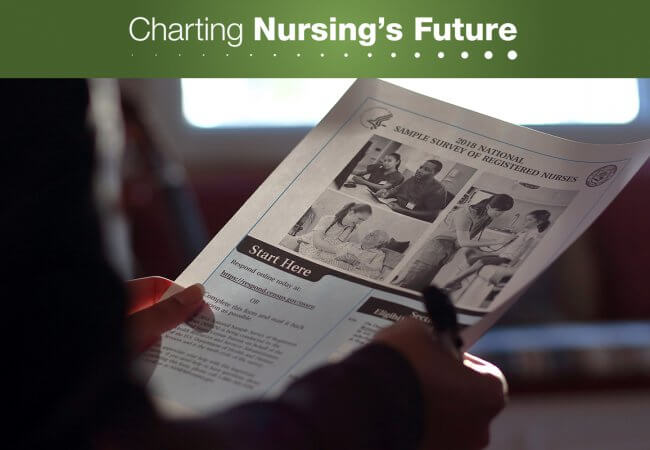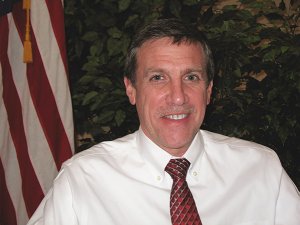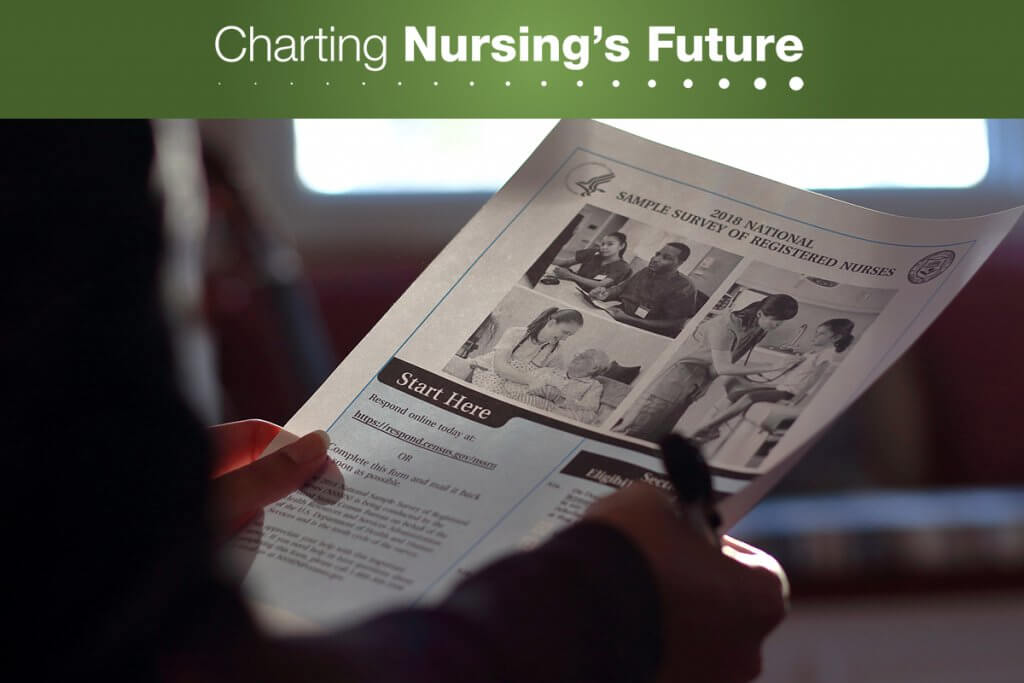
Mar 07, 2018
Nurses, Here’s Your Chance to Be Heard!
Come March, approximately 100,000 registered nurses (RNs) across the United States will receive a surprise in their mailboxes: the return of the National Sample Survey of Registered Nurses (NSSRN).
If you aren’t familiar with this federal survey, it gives nurses a chance to let policymakers know who they are and where they work. The government has been periodically counting U.S. nurses since the 1970s. The results are intended to answer many questions about RNs at both the national and state levels. How old are nurses? How much do they earn? Do they work in hospitals, community health centers, or private practices? Researchers, nurse leaders, and policymakers want to know, says George Zangaro, PhD, RN, FAAN, director of the National Center for Health Workforce Analysis at the Health Resources and Services Administration (HRSA).

Dr. George Zangaro, a nurse, directs the National Center for Health Workforce Analysis at the Health Resources and Services Administration.
The original NSSRN was discontinued after 2008 in part because the survey content needed revision. In the intervening years, other state and national surveys have been conducted, but researchers and policymakers have continued to rely heavily on the more comprehensive 2008 data. Zangaro drove the effort to revise and re-institute the survey in response to frequent inquiries about bringing it back. “The goal is to have the data we need to ensure an adequate supply of registered nurses locally and nationally,” Zangaro says.
With that objective in mind, the plan was hatched to survey 100,000 RNs in the spring of 2018 and to include more nurse practitioners (NPs) in the sample than in prior study years. “The survey puts a spotlight on NPs, because almost all of them are educated to provide primary care,” says Zangaro, “and they are more likely than their physician counterparts to work in underserved and rural areas. We need to ensure we have an adequate supply.”
In addition, the survey addresses telehealth and interprofessional team-based care, issues that influence the work of nurses today. The NSSRN also asks why nurses leave or stay in their jobs, and the survey could show if there is a link between nurse retention and education level. “Understanding these things will help nursing leaders implement policies to ameliorate those factors that contribute to attrition and accentuate those that keep nurses on the job,” Zangaro adds.
Of course, a survey can only be informative if enough people respond. Zangaro explains that of the 100,000 RNs who have been selected at random to receive the NSSRN, 60,000 must complete and return it in order for the government to have enough data to understand conditions in every state. The good news is that Zangaro and his team at HRSA have gone out of their way to make completing the survey quick and painless. Survey recipients will be able to respond online, through a mobile app, or by U.S. mail. The survey should take about 30 minutes to fill out, and respondents will have several months to finish the task. Once the surveys are collected, data will be summarized and reported anonymously.
“Nurses play a critical role in patients’ lives,” says Zangaro, who is a nurse himself. “By providing data about their needs, nurses can help decision-makers understand how to better support their work.”
Zangaro encourages all nurses who receive the survey to take the time to respond. After all, he says, “This is a chance for nurses to be heard.”

